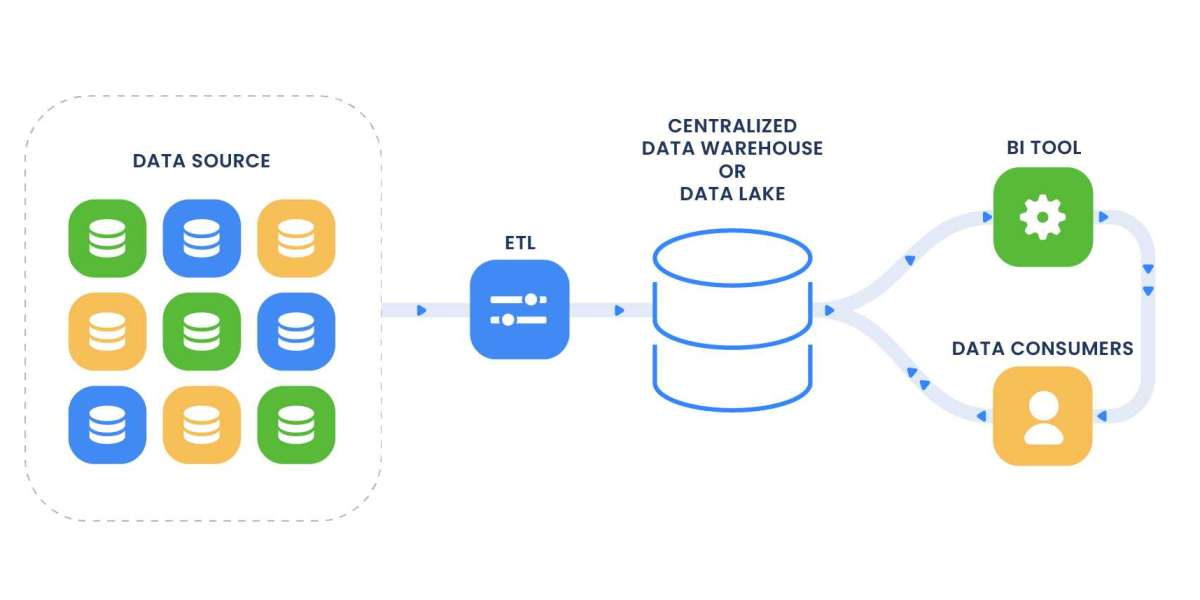In the tumultuous landscape of insolvency, companies are faced with the daunting task of managing their legacy data amidst financial distress. Legacy data, comprising years of accumulated information stored in outdated systems, presents both challenges and opportunities for insolvent companies. Effectively managing this data can be pivotal in maximizing asset recovery, maintaining compliance, and ensuring business continuity. In this article, we delve into innovative strategies for legacy data management tailored specifically for insolvent companies.
Assessment and Prioritization:
The first step in managing legacy data is conducting a comprehensive assessment to understand the scope, volume, and value of the data. Insolvent companies must prioritize data based on its relevance to ongoing operations, regulatory requirements, and potential litigation risks. This prioritization ensures that resources are allocated efficiently, focusing efforts on critical data subsets.
Data Rationalization and Consolidation:
Insolvent companies often inherit disparate systems and databases, leading to fragmented data landscapes. Rationalizing and consolidating these data sources streamline operations, reduce storage costs, and facilitate easier access to essential information. This process involves identifying duplicate or obsolete data, archiving historical records, and migrating relevant data to centralized repositories.
Secure Data Disposal:
With data privacy regulations becoming increasingly stringent, insolvent companies must adopt secure data disposal practices to mitigate risks associated with data breaches and non-compliance. Implementing data sanitization techniques such as encryption, data masking, and secure deletion ensures that sensitive information is irreversibly rendered unreadable before decommissioning legacy systems.
Data Archiving and Preservation:
While insolvent companies may no longer require immediate access to all legacy data, certain information holds historical, legal, or strategic significance. Establishing a robust data archiving strategy preserves valuable data assets while minimizing storage costs and operational overhead. Archiving solutions, coupled with rigorous data governance practices, ensure data integrity and accessibility over time.
Regulatory Compliance and Reporting:
Insolvency proceedings often entail stringent regulatory requirements governing data management and reporting. Insolvent companies must demonstrate compliance with industry standards and legal obligations, necessitating robust data governance frameworks. Implementing automated compliance tools and regularly auditing data processes mitigate compliance risks and enhance transparency during insolvency proceedings.
Data Monetization Opportunities:
Despite financial challenges, insolvent companies may uncover hidden value within their legacy data repositories. Analyzing data trends, customer insights, and market intelligence can unveil monetization opportunities through data licensing, asset sales, or strategic partnerships. Leveraging advanced analytics and data visualization tools unlocks actionable insights that drive revenue generation and operational efficiencies.
Employee Training and Awareness:
Effective legacy data management requires the collaboration of employees across departments, emphasizing the importance of data literacy and awareness training. Insolvent companies should invest in training programs to educate employees on data handling best practices, security protocols, and regulatory compliance requirements. Cultivating a data-centric culture fosters accountability and empowers employees to become stewards of data integrity.
Continuous Monitoring and Adaptation:
The dynamic nature of insolvency proceedings necessitates continuous monitoring and adaptation of data management strategies. Insolvent companies must remain vigilant against emerging threats, regulatory changes, and technological advancements that impact data governance. Regularly reassessing data management policies ensures alignment with evolving business objectives and regulatory landscapes.
In conclusion, effective legacy data management is indispensable for insolvent companies navigating complex financial challenges. By adopting proactive strategies tailored to their unique circumstances, insolvent companies can harness the value of legacy data while mitigating risks and ensuring compliance. Embracing innovation, collaboration, and adaptability empowers insolvent companies to emerge stronger from the insolvency process, equipped with resilient data management practices that support long-term success.








